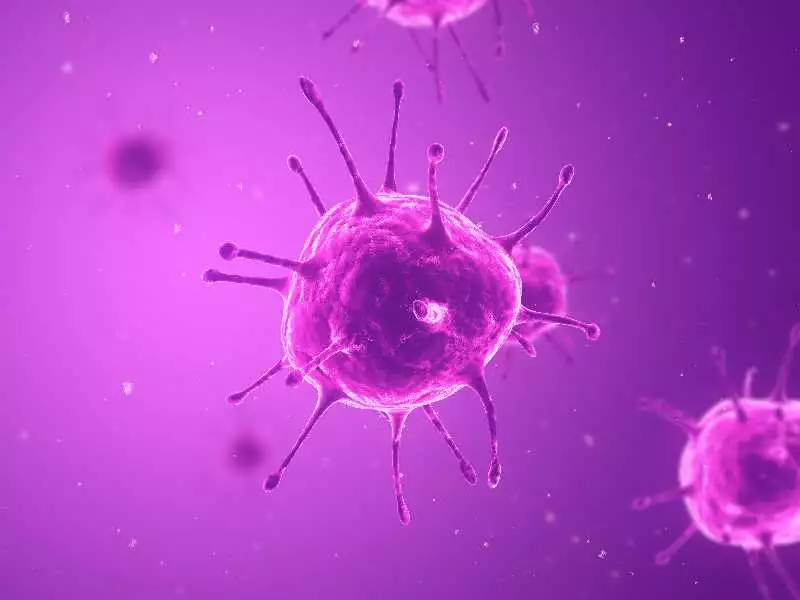Coronaviruses were first described in the 1960s. They caused few clinical symptoms, hence there was relatively little interest in this group of viruses. However, the situation changed when the SARS-CoV coronavirus caused a worldwide epidemic. Another coronavirus that caused high mortality was RBCsRS-CoV. Today, effective therapeutic agents are being researched for the newly discovered COVID-19 coronavirus.
Coronaviruses were first described by the specialised literature in the 1960s, when two significant pathogens of this species were successfully isolated: HCoV-229E and HCoV-OC43. However, virology did not focus on this virus species for years, as the aforementioned only caused a mild cold, which resolved on its own after a few or several days. It was not until the 21st century that coronaviruses became the cause of an epidemic with the emergence of SARS (severe acute respiratory syndrome). However, it was possible to make the virus disappear from the human population through appropriate countermeasures and with regard to the natural seasonality of its occurrence. The epidemic we faced at the time, however, led to an increased interest in coronaviruses and intensified the research carried out on them. This resulted in the description of further low-pathogenic human coronaviruses, such as human NL63 and HKU1. However, 10 years after the SARS-CoV epidemic, the human population was confronted with cases of severe, unfortunately sometimes fatal, disease caused by the RBCsRS coronavirus.
A problem not only for humans
It is worth starting the consideration of coronaviruses with a mention of the environmental problematic nature of this group of viruses. They are not only a problem for the human species, as they also affect birds and mammals and result in numerous diseases related to the respiratory and nervous systems, problems in the functioning of internal organs or even disorders of the digestive system. The most notable, and best known, coronavirus-related ailments in animals are infectious peritonitis in cats, epidemic diarrhoea in pigs, viral gastroenteritis in cattle and infectious bronchitis in birds [1].

photo: panthermedia
CORONAVIRIDAE virus family
Viruses included in the Coronaviridae family are classified into two different subfamilies. One of these is the Coronavirinae, which, due to its genetic characteristics, is divided into four genera: alpha-, beta-, delta- and gammacoronaviruses. It is the viruses belonging to the alpha- and beta-groups that are of most interest from a medical point of view, as they are the ones capable of infecting the human body [1].









